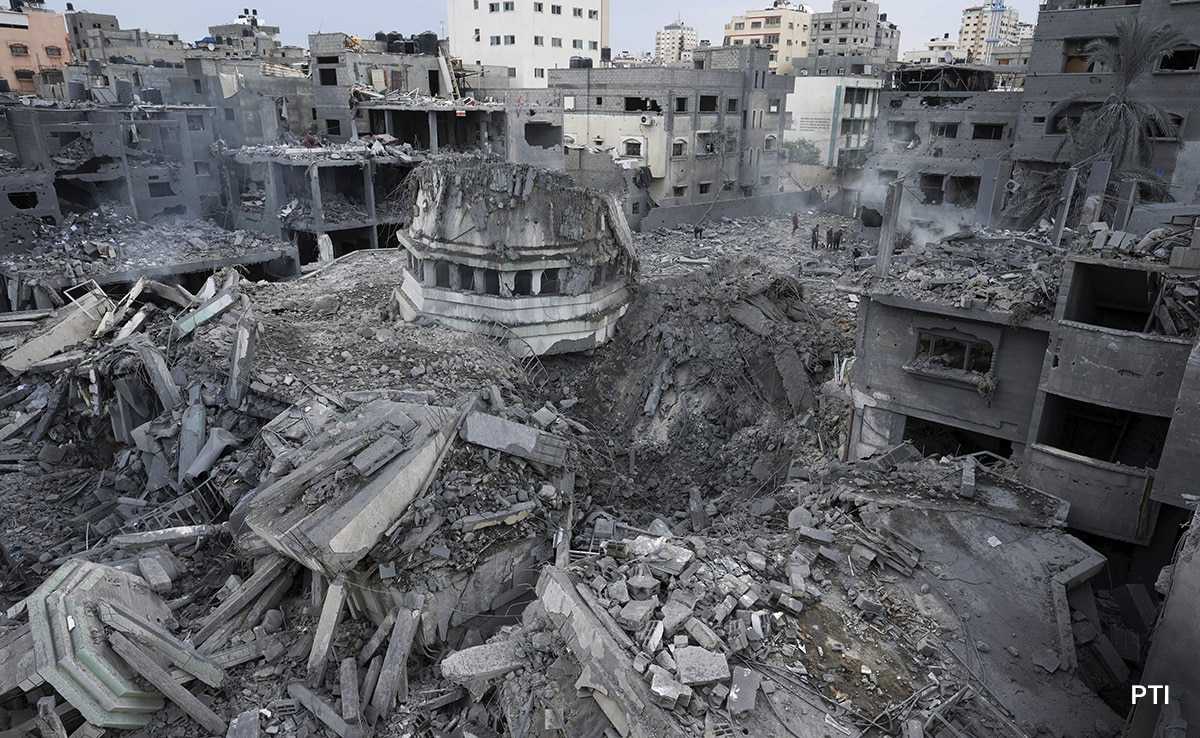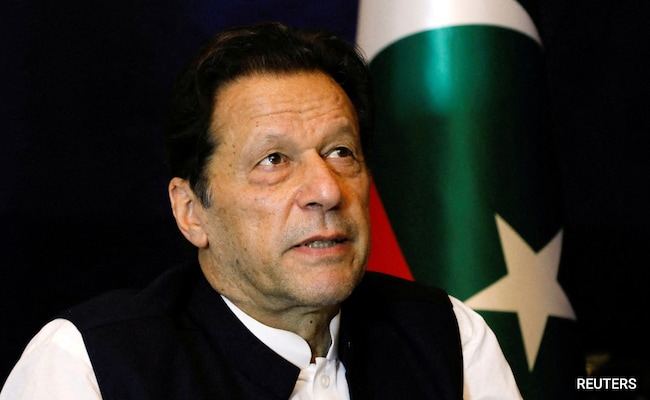Almost every afternoon in Iran’s capital, police vans rush to major Tehran squares and intersections to search for women with loose headscarves and those who dare not to wear them at all.
The renewed crackdown comes barely two years since mass protests over the death in custody of 22-year-old Mahsa Amini who was detained for not wearing a scarf to the authorities’ liking.
Amini’s death in September 2022 sparked months of protests and a security crackdown that killed more than 500 people and saw over 22,000 detained, and for a time morality police disappeared from the streets. Now, hard-liners within Iran’s theocracy have pressed forward with a crackdown. Videos are emerging of women being physically forced into vans by police as lawmakers continue to push for harsher penalties. Meanwhile, authorities have seized thousands of cars over women having their hair uncovered while also targeting businesses that serve them.
The renewed hijab push, which police are calling the Noor (light) Plan, began before former President Ebrahim Raisi died in a helicopter crash, and whoever wins a vote to replace the hard-line cleric on Friday will have an influence over just how intense it becomes — and how Iran responds to any further unrest.
The Noor plan
“An intervention … under the Noor Plan will take us into darkness,” reformist presidential candidate Masoud Pezeshkian recently told a group of female supporters.
Enforcement began ramping up in April, with videos spreading online showing women having violent encounters with female enforcers dressed in the all-encompassing black chador alongside uniformed police officers.
While police haven’t published arrest numbers about the crackdown and media haven’t given it major attention, it’s widely discussed in Iran. But still, many women continue to wear their hijabs loosely or leave them draped around their shoulders while walking in Tehran.
On a recent afternoon in northern Tehran, women sat in cafes and other public places, as a police officer in his 50s told those passing by: “Please cover yourselves, ladies,” and then muttered audibly: “My God, I am fed up repeating this without getting any attention.”
“We know the police are not eager to fight women, but they are under pressure to,“ said Fatemeh, a 34-year-old maths teacher who gave only her first name for fear of reprisal. “Sooner or later, the authorities will realise that it would serve their interests better to pull back.”
Hijab remains mandatory in Iran, Afghanistan
Iran and neighbouring Taliban-controlled Afghanistan are the only countries where the hijab remains mandatory — even conservative Saudi Arabia has dialled back on its morality patrols. While women attend school, work and can manage their own lives in Iran, hard-liners insist that the hijab must be enforced.
The garment has long has been entwined with politics in Iran. Former ruler Reza Shah Pahlavi banned it in 1936, part of his efforts to mirror the West. The ban lasted only five years, but many middle and upper-class Iranian women chose not to wear it.
After the 1979 Islamic Revolution, some of the women who helped overthrow the Shah embraced the even more conservative chador. But others protested a decision by Grand Ayatollah Ruhollah Khomeini to order women to wear hijabs in public. In 1983, it became law, enforced with penalties including fines and up to two months in prison.
The government’s insistence on enforcing the hijab also reflects its conspiratorial view of the world. Iran’s national police chief, Gen. Ahmad Reza Radan, has alleged without providing evidence that the country’s enemies plan to transform the nation’s culture by encouraging women to avoid the veil.

Already, “tens of thousands of women have had their cars arbitrarily confiscated as punishment for defying Iran’s veiling laws,” Amnesty International said in March. “Others have been prosecuted and sentenced to flogging or prison terms or faced other penalties such as fines or being forced to attend ‘morality’ classes.”
On Saturday, police said they would release some 8,000 vehicles held over women not wearing the hijab in them for the Eid al-Ghadir holiday marked by Shias.
“The Islamic Republic is using the distraction of its presidential ‘election’ to go after its women activists and cow them into silence through imprisonment and abuse,” said Hadi Ghaemi, the executive director of the New York-based Center for Human Rights in Iran. The centre said at least 12 women activists have been sentenced to prison since Raisi’s deaths for their work.
But there are signs that Iran’s government, and 85-year-old Supreme Leader Ayatollah Ali Khamenei, know there are risks to escalating enforcement. A Bill passed by Iran’s parliament that could impose 10-year prison sentences for hijab violations has yet to be approved by the country’s Guardian Council, a panel of clerics and jurists ultimately overseen by Mr. Khamenei.
So far among the presidential candidates, only Mr. Pezeshkian has criticised the hijab law. Others, including current parliament Speaker Mohammad Bagher Qalibaf, asked for the law to be implemented in a softer way. Candidate Mostafa Pourmohammadi, a Shia cleric, criticised the use of violence against women, saying police should use “the language of trust and gratitude” rather than the baton.
Meanwhile, the imprisoned Nobel Peace Prize laureate Narges Mohammadi, a prominent women’s rights activist, has issued a call from prison urging a boycott of the presidential vote, saying it only supports “a regime that believes in repression, terror and violence.”












